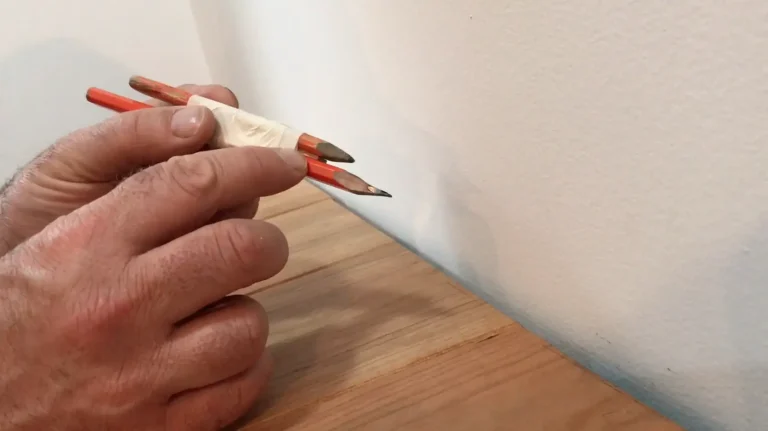Cars, trucks and heavy foot traffic don’t mix with turf, lawns and fields, at least not without help, anyway. But the recent introduction of grid paving products to Canada means that grass and traffic can coexist in a way that’s beautiful, durable and environmentally sound.
The Grid Paving Concept is Simple:
- Embed a hollow grid of heavy, UV-resistant plastic into existing sod to provide physical support for traffic that would otherwise rut the soil and kill the grass .
- The lawn grows up as usual through the open spaces of the grid.
- You can let it get long or keep it short with conventional mowing equipment.
- Fine-grained, crushed stone can also be used to fill the spaces within the grid, instead of grass.
- Grid paving systems like these have been used successfully in Europe for more than 30-years, and there’s more reason than ever to consider them here in Canada.
Conventional vs Grid Paving Systems
Durablity
- Conventional asphalt, concrete and paving brick systems are great as far as they go, but they do have limitations, especially in our climate. The expansion and contraction of soils as they freeze and thaw often causes flaking and cracking of rigid, paved surfaces.
- Since grid paving systems are flexible, semi-natural surfaces, they’re impervious to the same kind of deterioration. That’s why they keep looking good.
Urban Accessability
- There’s the issue of rainwater run-off management in urban areas. More and more cities are placing restrictions on the addition of new paved driveways in neighbourhoods where so much of the land surface is already covered in asphalt and concrete.
- Solid surfaces like these drain very quickly after a rainfall, overloading storm sewer systems when heavy rainfall or snow-melt hits. That’s why many downtown municipalities have outlawed the creation of new residential driveways, especially in densely developed older neighbourhoods where parking areas are already in short supply.
- Grid paving systems, by contrast, are often acceptable in locations like these because they behave differently as far as water goes. Instead of running off quickly, rainwater soaks into the soil surface between grid members, greatly easing stress on municipal drainage systems.
Rooted in Biology
- The success of grass paving systems makes use of a unique biological feature of grass species everywhere.
- Just about anything can happen to the above-ground blades without killing the plant. You can drive over the grass with your car, beat it down with foot traffic, and even burn the blades off with fire.
- Grass will always come back as long as the root zone immediately underneath the soil surface remains protected. That’s what grid paving does.
Grid Paving Drawback
- Despite all the obvious advantages, there is a drawback you need to know about. Winter can sometimes threaten grass-covered, grid-paved surfaces here in Canada.
- If you remove the protective snow cover from the sod, ultra-cold temperatures can freeze some grasses to the point where they die during winter.
- Whether this actually happens or not depends on where you live, the type of grass you have, and the weather conditions you get hit with in any particular year.
- Leave at least three inches of protective snow cover on grid-paved grass when you plow it and you’ll enhance the chances of avoiding winterkill.
Grid Installation
- The main challenge you’ll encounter when installing grid paving systems is the need for flat earth surfaces as a starting point.
- Paving grid tiles are not very flexible, and that’s why you need to fill in low spots as you work.
- Clean topsoil is an excellent option for filling undulations that are 6 inches deep or less.
- Sprinkle grass seed over the grid and onto the bare soil to get new sod established within grid spaces.
- Variations on the grid paving theme are available for livestock and equestrian facilities, too. Designed to be softer than traffic-type grids, these livestock grids are pressed into bare soil in paddock and riding areas to improve hoof traction, animal safety and ground control.
Building greener homes and cottages is becoming more and more mainstream and that’s a good thing. And in most cases these gains come from new approaches that forge partnerships between building systems and the natural world. Grid paving is just one example of the 21st century Canadian home improvement concept that makes this kind of partnership a reality.
Sidebar: Strengthened Slopes
The advantages of reinforcing natural soil surfaces extend beyond just parking lots and driveways. Systems also exist for mechanically reinforcing slopes and ridges, greatly extending the reliability and useful life of retaining walls and hilly landscape features. Generically called ‘geogrids’ in the trade, various products are made by companies across the globe, though all work on the same principle.
- Reinforced synthetic mesh is laid down as backfilled slopes are created during construction.
- Typically another layer of geogrid is rolled out after every 12- to 18-inches of new soil depth is added and compacted.
- Even though this mesh isn’t anchored to the soil physically, it enhances the tensile strength of the soil mass by friction. The result is sloped soil that’s not very interested in ‘flowing’ downhill, as most soil is.
- This greatly reduces the tendency for erosion and takes almost all the pressure off retaining walls, greatly boosting the likelihood that these structures remain upright and plumb for decades.












